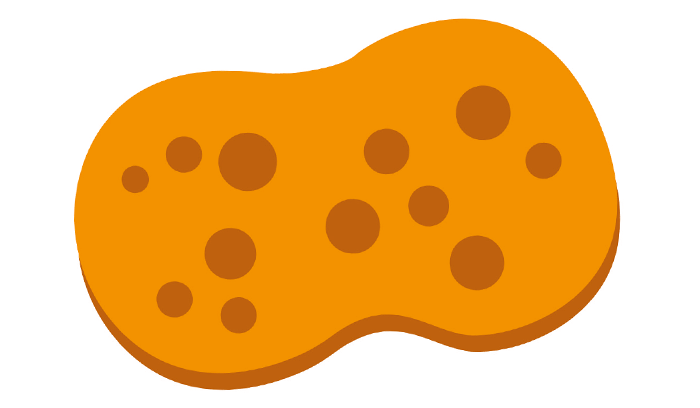Mu Chiao, a professor in the Department of Mechanical Engineering at the University of British Columbia, Canada, has been leading an investigation to develop a powerless drug delivery device that can precisely control drug release on-demand. The result is Microspouter, which has shown promising results in the realm of controllable drug delivery for docetaxel (a drug in prostate, breast, and lung cancers) (1). “Although the pharma industry has done a fantastic job of developing new treatments and more efficient drug delivery methods, we can still do more, especially for cancer,” says Ali Shademani, a PhD student working on the project with Chiao. “Current cancer treatments, such as chemotherapy, are expensive and involve frequent trips to the hospital. Patients would benefit from a smart, controllable drug delivery system that locally treats the cancer, while minimizing side effects.”
Inspiration for the device came from a sponge. A sponge has the ability to store fluids and release them whenever squeezed. Microspouter is a magnetic sponge (comprising a reservoir, sponge, and membrane) that contains drug solutions within its porous structure. Applying an external magnetic field causes the sponge to shrink, deflecting the attached membrane inward and resulting in drug injection out of the reservoir, through the provided aperture on the membrane. The amount of shrinkage corresponds to the amount of release, which is adjustable by controlling the strength of the applied magnetic field. The aim would be to surgically implant the device in a patient and then pass a magnet (such as a commercially available strong magnet) over the skin to activate it. According to Chiao and Shademani, other types of stimuli, such as electrical, laser or thermal, tend to have problems that restrict their usage inside body. For instance, electrical actuation demands power and a wired connection, and in thermal triggering body temperature could interfere with device performance. “A magnetic stimulus provides safe, remote, and powerless actuation – and we have also designed Microspouter to operate at a magnetic field strength range that is much greater than those generated by common electrical devices, such as smartphones and other everyday devices,” says Shademani. Magnets are also being investigated in a number of drug delivery projects. For example, some research teams are investigating the use of magnetic nano-particles (MNP) as drug carriers. The MNPs are coated with a drug, injected into the patient and subsequently guided by an external magnetic field towards the target (for example, a tumor) – but the challenge is generating a strong enough magnetic field gradient that enables the manipulation of MNPs inside the body.

As for Microspouter, many types of drugs should be compatible, although it will be preferable to use drugs with low solubility and lower effective dosages, such as docetaxel. “Furthermore, a nano-dosage of docetaxel is usually enough to sufficiently and dramatically impede cancer cell proliferation, which means the device is practically functional for a longer period and able to inject consistent drug dosages,” adds Shademani. Has the research team considered the potential cost of Microspouter in the real world? No, but they emphasize that it could help eliminate the costs associated with hospitalization and free up healthcare staff. “Patients can activate Microspouter at home with a magnet,” says Shademani. “And the manufacturing process is relatively straightforward – large quantities may be achievable upon automation of the process.”
References
- A Shademani et al., “Active Regulation of On-Demand Drug Delivery by Magnetically Triggerable Microspouters”, Advanced Functional Materials, 6 (2017).




